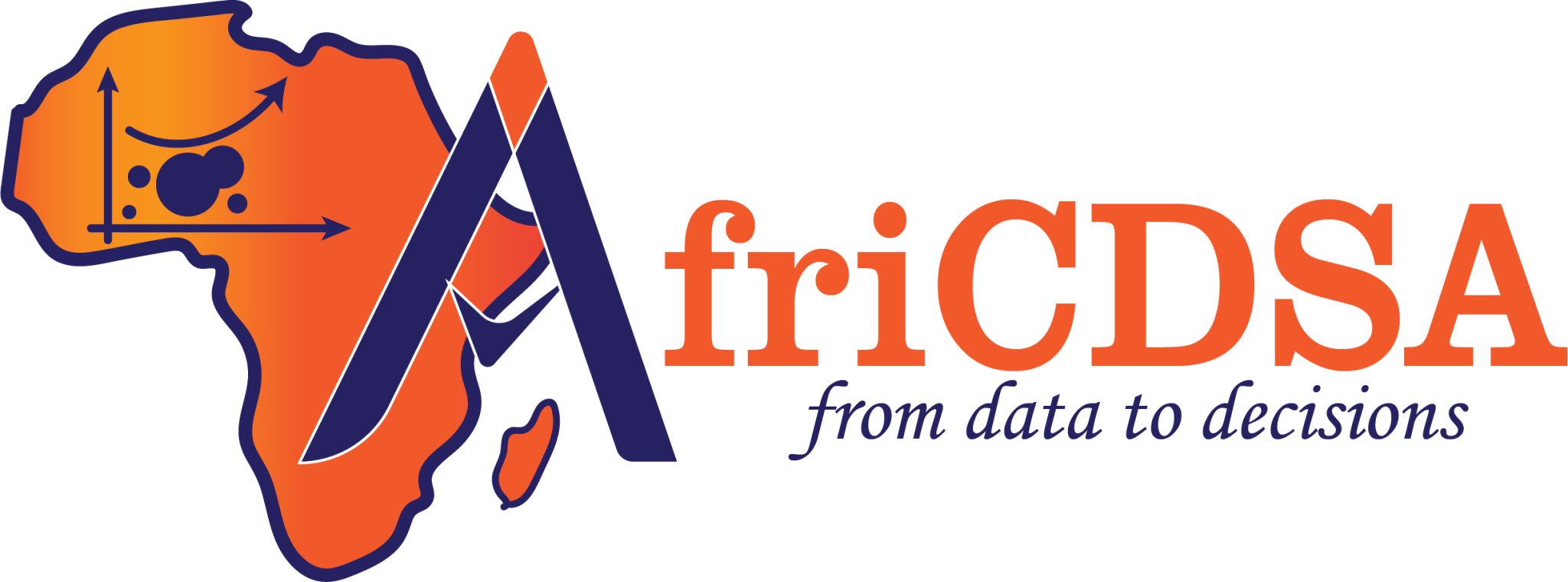Introduction to Python for Data Science
Python has emerged as one of the most popular programming languages for data science due to its simplicity, readability, and powerful libraries. In data science, Python is used to clean, analyze, visualize, and model data, making it an essential tool for professionals in the field. This introduction will guide you through the basics of Python and its application in data science, laying a foundation for working with real-world data.
Why Python for Data Science?
Python offers several advantages that make it an ideal choice for data science:
- Simplicity and Readability: Python’s syntax is clear and concise, making it easy for beginners to learn and use.
- Rich Ecosystem: Python has a vast collection of libraries that simplify data manipulation, analysis, and visualization. Some of the key libraries include:
- Pandas for data manipulation and analysis
- NumPy for numerical computations
- Matplotlib and Seaborn for data visualization
- Scikit-learn for machine learning
- Statsmodels for statistical analysis
- Community Support: Python has a large, active community of data scientists, making it easier to find resources, tutorials, and help.
- Integration with Other Technologies: Python integrates seamlessly with other technologies, making it easier to handle data from databases, web applications, and cloud services.
Key Python Concepts for Data Science
Before diving into data science tasks, it’s important to understand some fundamental Python concepts:
- Variables and Data Types: Python supports various data types like integers, floats, strings, and more. Understanding these types helps when working with datasets that have different kinds of information.
- Control Structures: Python uses control structures like loops (
for,while) and conditional statements (if,else) to control the flow of programs, essential for data processing. - Functions: Functions are reusable blocks of code that perform a specific task. In data science, functions help to organize code and make it modular.
- Lists, Dictionaries, and Tuples: These data structures help in storing and manipulating collections of data. For example, lists can store rows of data, while dictionaries store key-value pairs, which are essential for structured data handling.
- Libraries: Python’s real power in data science comes from its libraries. The ability to import and use these libraries enables data scientists to perform complex tasks efficiently.
Common Python Libraries for Data Science
- NumPy: The foundation for numerical computing in Python. It supports arrays, matrices, and many mathematical functions.
- Pandas: A library for data manipulation and analysis. It provides data structures like Series and DataFrame, which are essential for handling and processing data.
- Matplotlib & Seaborn: Libraries for data visualization. Matplotlib provides detailed control over plots, while Seaborn simplifies creating informative statistical graphics.
- Scikit-learn: A library for machine learning that includes tools for classification, regression, clustering, and more.
- Statsmodels: Used for statistical analysis and hypothesis testing, allowing for more in-depth exploration of data relationships.
Applications of Python in Data Science
Python can be applied in various stages of the data science pipeline, such as:
- Data Collection: Python can gather data from multiple sources, such as CSV files, databases, APIs, and web scraping.
- Data Cleaning: Pandas and NumPy allow for handling missing data, converting data types, and filtering data, which are crucial steps before analysis.
- Exploratory Data Analysis (EDA): Python’s visualization libraries enable the exploration of patterns, trends, and relationships in the data.
- Machine Learning: Using libraries like Scikit-learn, Python can build predictive models and perform tasks such as classification, regression, and clustering.
- Reporting: Python can generate reports and visualizations that can be shared with stakeholders, helping in making informed decisions.
In this guide, you will start by learning the basics of Python programming, followed by data manipulation, visualization, and statistical analysis. Each section will build on the previous one, enabling you to gain the skills needed to work with real-world data confidently.

Courses you might be interested in
-
1 Lesson
-
21 Lessons


